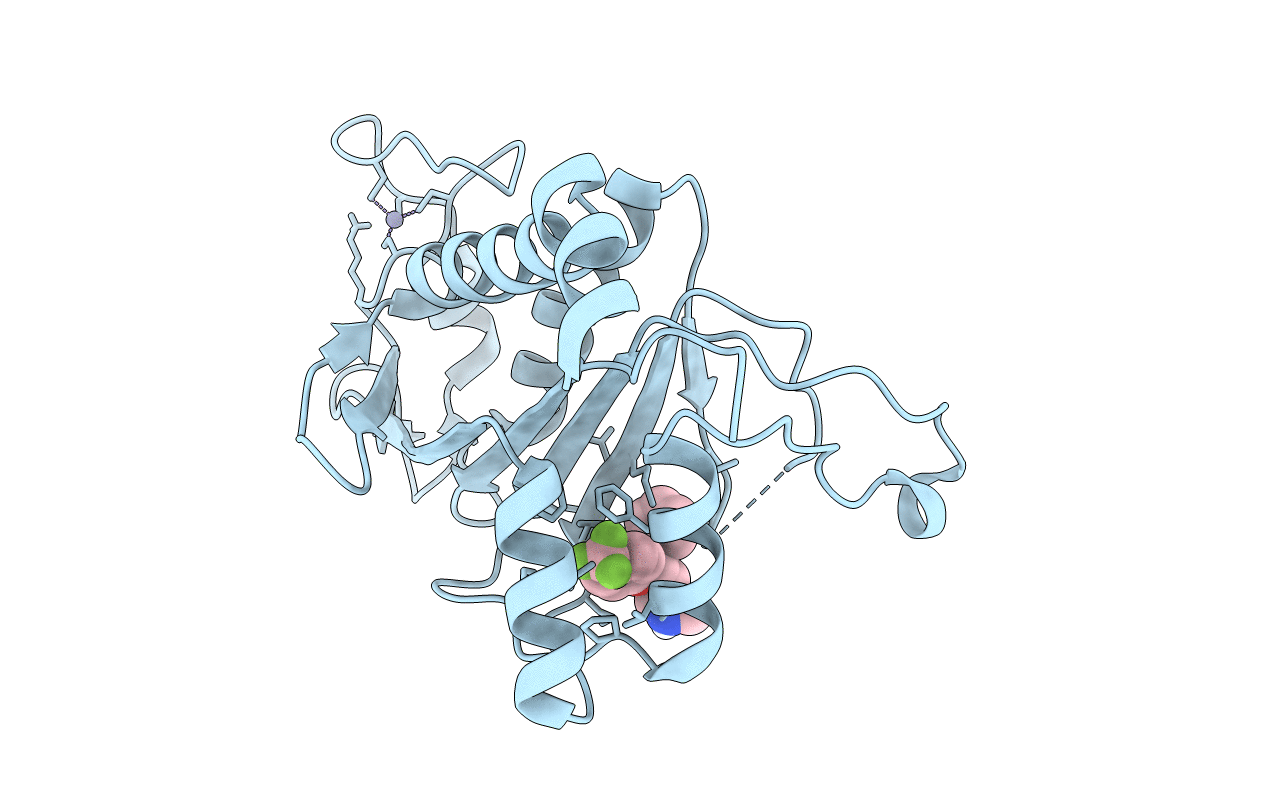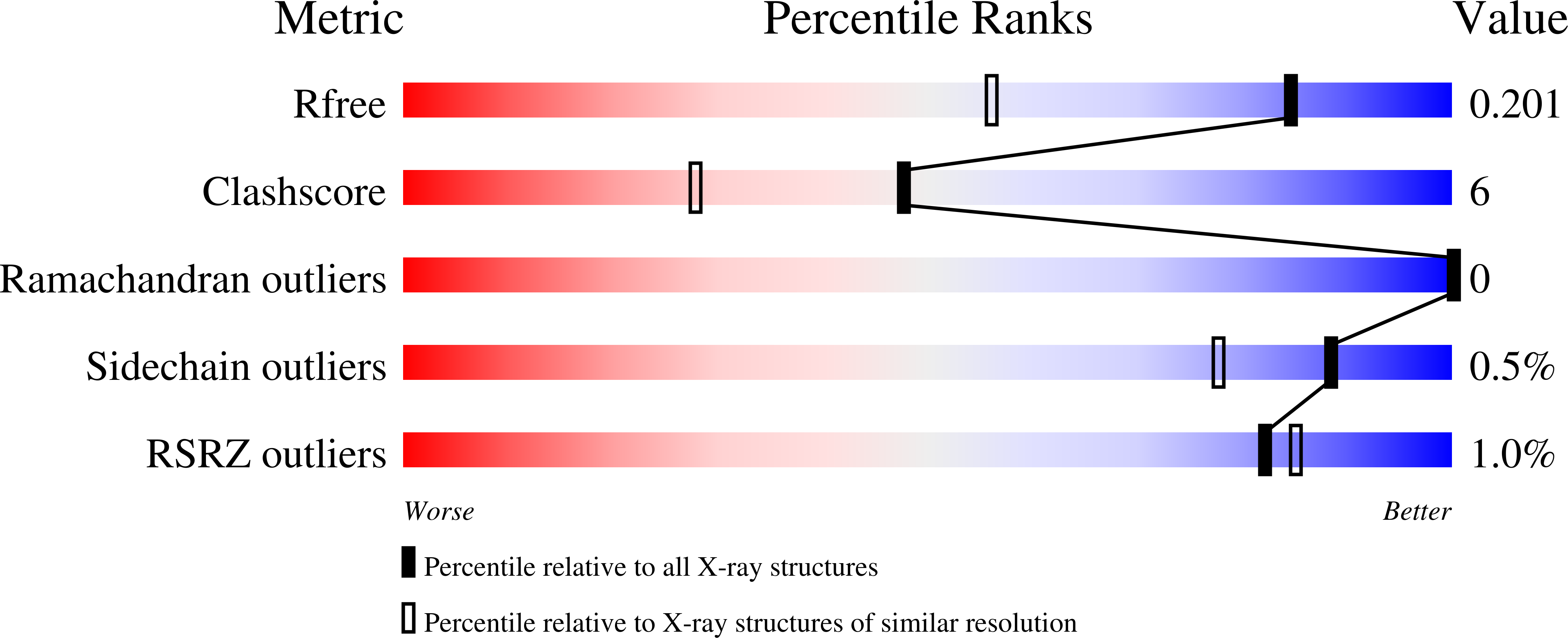
Deposition Date
2019-06-24
Release Date
2021-01-13
Last Version Date
2024-06-19
Method Details:
Experimental Method:
Resolution:
1.52 Å
R-Value Free:
0.19
R-Value Observed:
0.18
Space Group:
P 21 21 21


